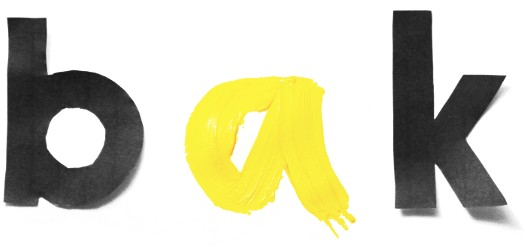Bosnia
It’s been an exciting summer for (some of) our team. Dave and Çinar have been filming an impact video and promo with young people in Bosnia for our friend’s at Most Mira Peace Centre. It was the first visit to Bosnia for our videographer Çinar but a return for Dave to a place where his award winning documentary, Pretty Village, was shot between 2011 and 2014.
Here are their impressions:
Dave
It was impressive to see Sarajevo tourism booming. The city was in full preparation for the Sarajevo Film Festival and the centre was packed with both hipster travellers and families from The Gulf States. I guess it’s an attractive option for tourists from the middle east who can come to Europe without worrying if they’ve got to run off to a converted warehouse in the ‘burbs for daily prayers; surrounded as they are by some of the most beautiful, ancient mosques scattered across the old town. The young people we were filming seemed more preoccupied by the same sort of issues young people in the rest of Europe fret about; the pressures of social media, jobs, homes, relationships rather than looking back towards the war. The city was buzzing with activity and it’s clear that there’s money flowing in, though I’d wager it’s not evenly distributed. The vast brutalist blocks of East Sarajevo are testament both to the continued economic draw of the city and the divided nature of the country, it being an ethnically ‘pure’ enclave for 60,000 Bosnian Serbs whose identity lies not in the multicultural city just down the tramline. but to the Republike Srpske - the territory that occupies roughly one half of Bosnia and who’s leaders would prefer to unite with neighbouring Serbia.
Click on the link here if you want to understand the divided politics of Bosnia and Hercegovina and how the country still remains riven.
In the North West of Bosnia, in Prijedor, where we were screening our previous project with Most Mira and the site of a chain of concentration camps and extensive ethnic cleansing during the war of ‘92-95, it was difficult to escape the conflict and its continued impact. While we were there two competing commemorations were testament to the way that history is still being fought over. Bosniaks and Bosnian Croats came together to grieve the genocide visited upon them and the discovery of the chain of concentration camps around the city by British Journalists Penny Marshall, Ed Vulliamy and Ian WIlliams in August ‘92. In the city centre flags, bands and militias gathered to celebrate the visit of President Dodik of Republike Srpske and President Vučič of Serbia proper. The politicians were there to mourn the mass exodus of people and war crimes against the Bosnian Serbs in the face of the joint Bosniak/Croat offensive operation, Oluja, that helped bring the war to a close. In essence two competing views of history clashing on a single weekend.
One hopes that Sarajevo and not Prijedor can point the way to a brighter future for all the peoples of Bosnia.
Çinar
I can’t decide how to begin to tell you my experiences about our recent trip to Bosnia. It was like a Tapas table, where I experienced so many emotions in a very short amount of time. Also, I met so many marvelous people (Alan at 5D studios if you read this, Hi!).
I visited Bosnia briefly in 2014. As a festival-seeker young man, who was just passing by, with a broken arm, trying to get back to Turkey (long story). So I had very limited information before going there, other than what I had read about the history.
I want to begin with meeting my dear colleague Dave in real life. For the last three years, we have been working together closely; creating, learning, discussing, making, winning awards together, but during all this time, we were only connecting with each other through a tiny hole, which we call a webcam. None of us could guess how the world would turn out during that period, but I’ve met a person, who is so much more than I had imagined him to be. I can say that I’ve learned a lot.
Dave, me and my dear wife Yeşim, met in Zagreb airport and then joined Kemal, who is the director of the documentary: ‘Most Mira’, which I edited. The screening took place in an actual cinema, the very wonderful Kino Kozara and it was packed, above my expectations. It was one of a kind experience, the atmosphere, the people who were really moved by the film. It made me so emotional to see people cry after the screening.
I met quite a few people who actually suffered during the war and I realized something. Maybe it was also us, but we couldn’t stop talking about the war. Each conversation ended up there somehow and I didn’t even question it because, as it seems, there is still a lot to talk about.
I can explain Bosnia, briefly like this: If I ever feel homesick, I would rather go to Bosnia instead of home to Istanbul.
